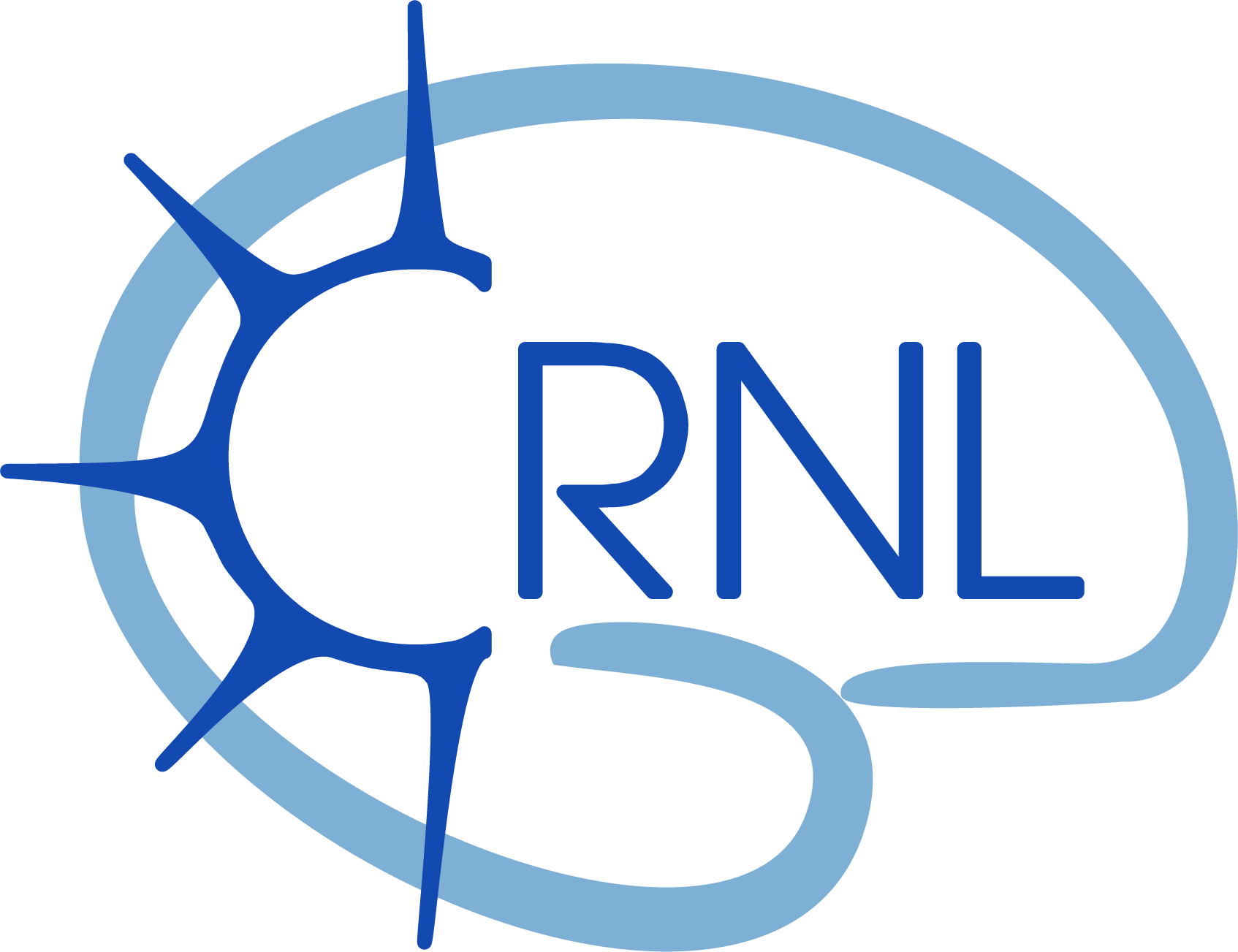Brain wave modulation and EEG power changes during auditory beats stimulation
Modulation des ondes cérébrales et changements de la puissance EEG pendant la stimulation par battements auditifs
Résumé
Auditory beats stimulation (ABS) has received increased attention for its potential to modulate neural oscillations through a phenomenon described as brain entrainment (i.e synchronization of brain's electrocortical activity to external stimuli at a specific frequency). Recently, a new form of ABS has emerged, inspired by isochronic tones stimulation (ITd). This study investigated neural oscillatory responses induced by ITd in comparison with formerly well-established ABS protocols, such as gamma-binaural beats (BB) and white noise (WN). We recorded the electroencephalographic brain activity in 28 participants during 4 min of BB, ITd, and WN presentation. Data demonstrated that while both BB and WN enhanced oscillatory power on the EEG gamma band, consistently with the expected brain entrainment effect, ITd yielded greater changes in EEG power (p < 0.001). This was confirmed by time-based analysis, which showed a progressive increase in normalized EEG power within the ITd window compared to BB (p < 0.05). Findings also revealed that ITd elicited acute changes in the alpha band of EEG oscillations, through a progressive decrease in power over time, which was distinctly different from the pattern observed while listening BB and WN. Such dual alpha-gamma effects underline the promising and unique potential of ITd to modulate neural oscillations which selectively differ from BB and WN. This study contributes to the evolution of ABS research, highlighting the promise of ITd for cognitive enhancement and clinical applications.
La stimulation par battements auditifs (SBA) suscite un intérêt croissant pour son potentiel à moduler les oscillations neuronales via le phénomène d'entraînement cérébral (synchronisation de l'activité électrocorticale aux stimuli externes à une fréquence spécifique). Récemment, une nouvelle forme de SBA, inspirée des tons isochrones (ITd), a émergé. Cette étude a comparé les réponses oscillatoires neuronales induites par l'ITd à celles des battements binauraux gamma (BB) et du bruit blanc (WN). L'activité EEG a été enregistrée chez 28 participants pendant 4 minutes de présentation de BB, ITd, et WN. Les résultats montrent que bien que BB et WN aient augmenté la puissance des oscillations gamma, l'ITd a produit des changements plus importants dans la puissance EEG (p < 0,001). Une analyse temporelle a confirmé une augmentation progressive de la puissance EEG normalisée pour l'ITd par rapport à BB (p < 0,05). De plus, l'ITd a provoqué des changements aigus dans la bande alpha des oscillations EEG, avec une diminution progressive de la puissance au fil du temps, se distinguant des modèles observés avec BB et WN. Ces effets alpha-gamma soulignent le potentiel unique de l'ITd pour moduler les oscillations neuronales de manière distincte comparativement aux conditions BB et WN. Cette étude contribue à l'évolution de la recherche sur l'SBA et met en lumière la promesse de l'ITd pour l'amélioration cognitive et les applications cliniques.



